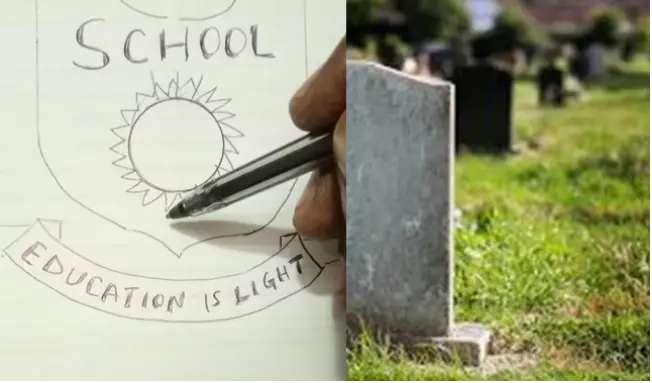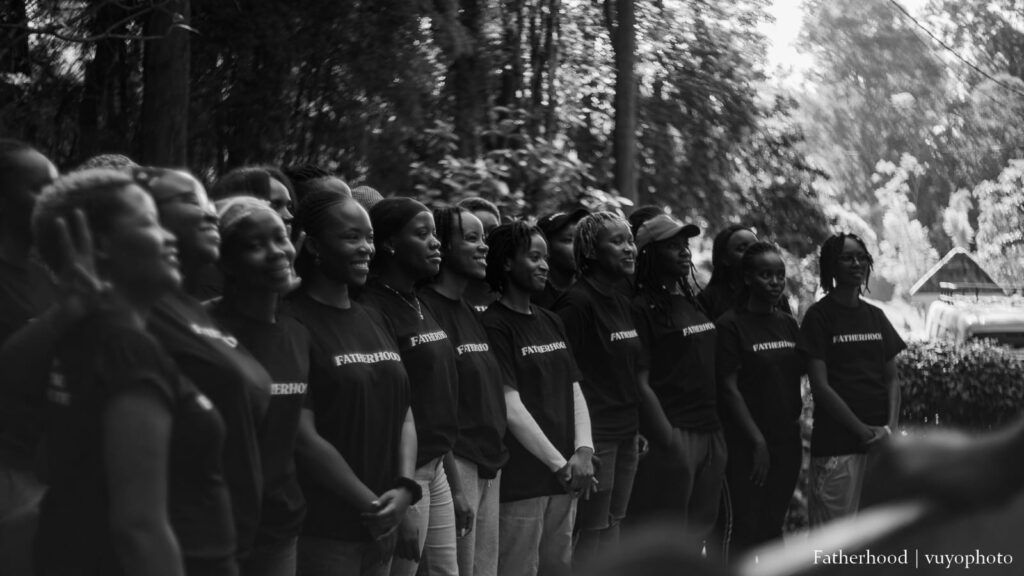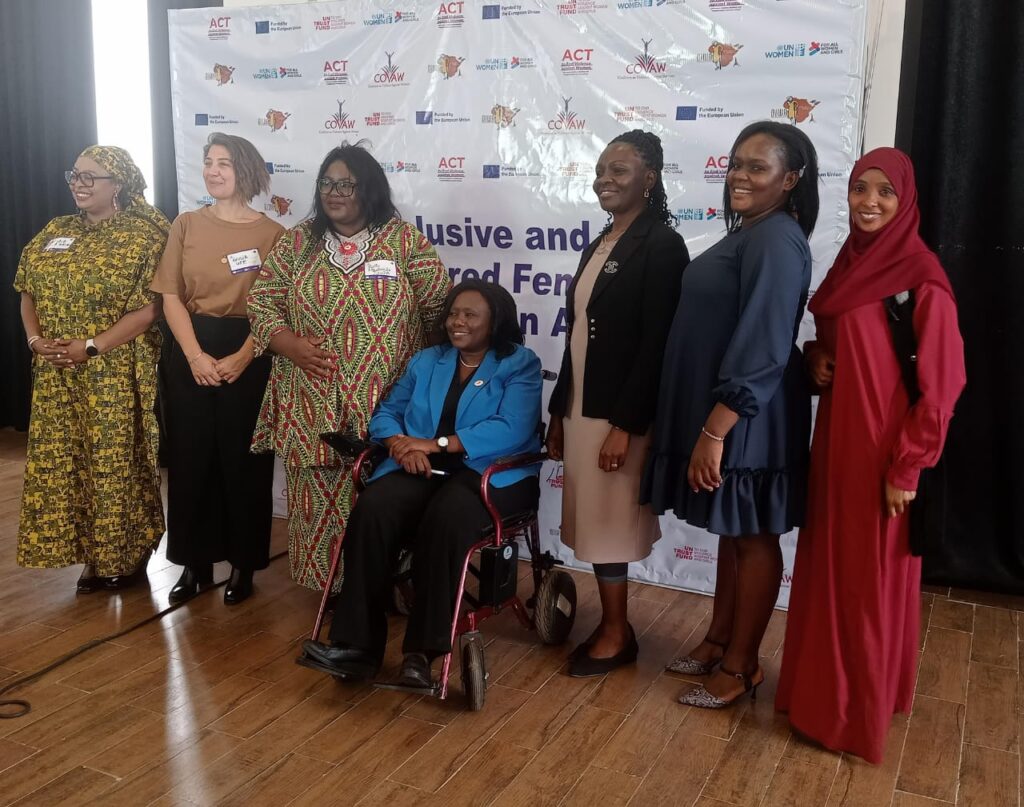Early marriages are deeply ingrained in the cultural fabric of many communities in North Eastern Kenya. The custom of marrying off their girls at the age of ten is almost considered a rite of passage by the local communities.
According to the United Nations Population Fund (UNFPA), every year about 12 million girls are married before the age of 18 — equivalent to 23 girls every minute, nearly one every three seconds. In Africa, child marriage remains a deeply rooted challenge despite ongoing efforts to end the practice. UNFPA reports that one in every three girls on the continent is married before reaching adulthood, with prevalence rates varying widely across regions. In West and Central Africa, approximately 41% of girls are married before 18, while in East and Southern Africa, the rate stands at about 31%. Countries such as Niger, Chad, the Central African Republic, Mali, and Guinea record some of the world’s highest rates, where more than half of all girls are married as children.
UNFPA emphasizes that child marriage is not a cultural practice to be tolerated but a violation of human rights that undermines girls’ education, health, and potential across Africa.
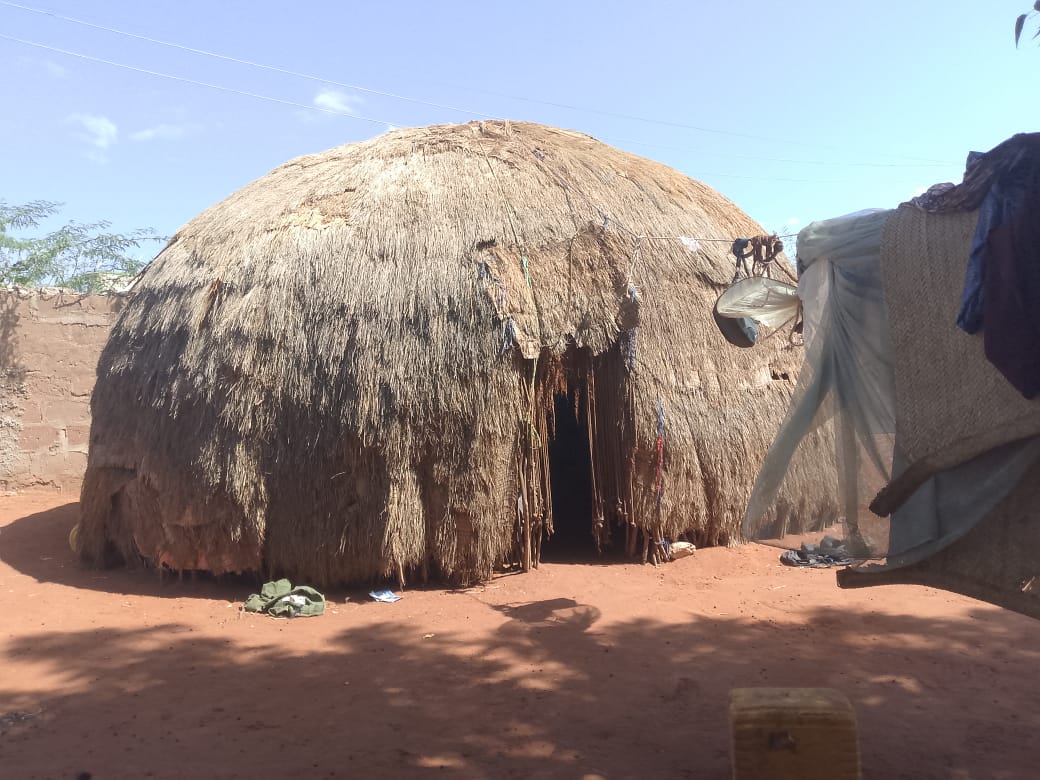
Early marriage is a human rights violation, rooted in gender inequality and reinforced by poverty, lack of education, harmful social norms and insecurity.
It is getting married before the age of 18. Understanding the causes, effects, and potential solutions to this phenomenon is necessary to address this social issue effectively.
Causes leading to early marriages
The problems that play a major role in the persistence of this phenomenon are ingrained in poverty, illiteracy and traditional beliefs.
Families may decide to marry off their daughters to ease financial pressures or to foster better social ties.
However, because it deprives girls of early education and opportunities for personal development, this practice has negative consequences.
These practices are outdated and education must be promoted as a vital tool for empowerment. Being in the 21st century, where access to education is unavoidable, especially for the younger generation (Gen Zs), I am driven to bring about change.
As a native from the Northern part of Kenya, I witnessed girls as young as 15 years old married to men who, in certain cases, could have easily been their grandfathers.
Troubled by the scene, I was horrified and realised how urgent it is to address this pressing issue.
Readers must have a basic understanding of this vibrant and rich culture before diving deeper into the complexities of early marriages among the Somali community in North-Eastern Kenya.
How Somali traditions undermine the right of girls
Narrowing down to the Somali community, these are members of the Cushitic ethnic group. Their values, traditions and customs are distinctive. These communities live in counties such as Marsabit, Isiolo, Garissa, Wajir, Mandera, Moyale and Turkana.
Apart from these pervasive issues of early marriages, their community is known for its strong sense of communal sharing, resilient spirit and unwavering faith.
Here, the bride price exchange takes on a starkly basic form, underscoring the region’s long-standing customs and economic inequalities.
Families may receive as few as two goats and one cow in exchange for their daughter, which highlights the commodification of girls and the perpetuation of harmful traditions.
Upon completion of the exchange, the girl is taken to her new home, where, surprisingly, she discovers that she is not the only wife. There may be three other older women present, all of whom are wives.
Effects of early marriages on the lives of young girls
They greet her. Contrary to popular belief, the girl will not lead a comfortable life. Her new home is a simple grass-thatched hut with a dirt floor.
She is then expected to have as many children as possible. This is a typical scenario in which poverty endures. The question that rings in my mind is why would you choose to marry a young girl, knowing well that you can’t provide for her?
This question brings up significant issues regarding the future and general well-being of young girls who are married off at a young age.
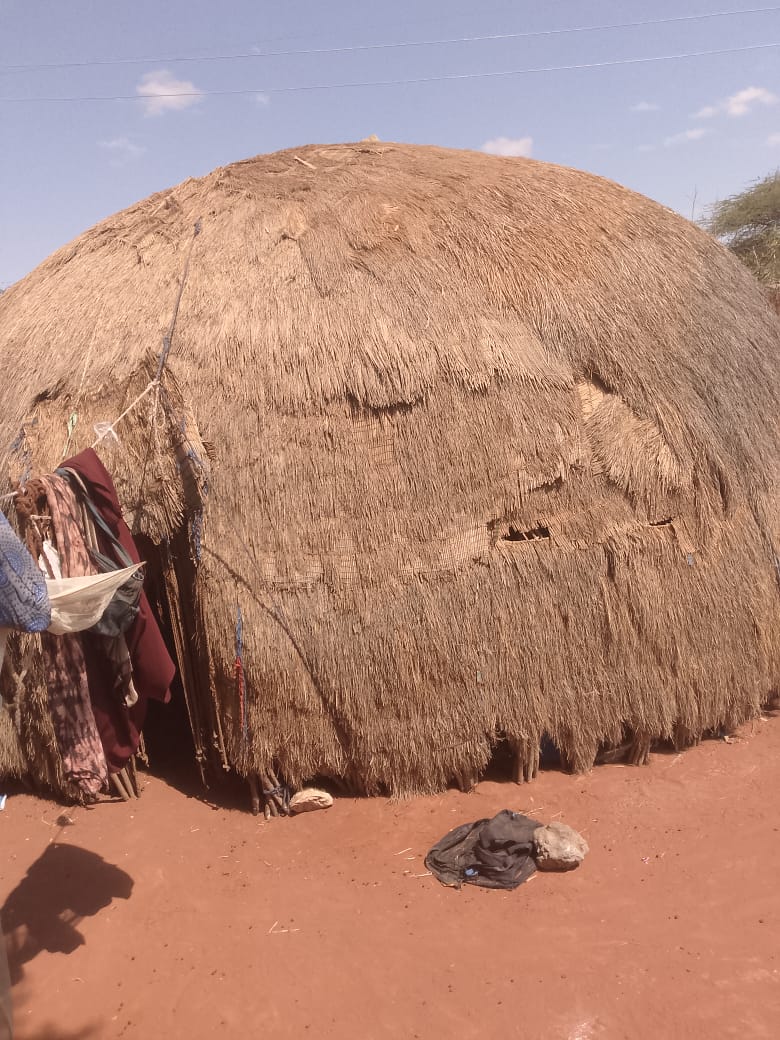
Living with a very old man, not enough resources, this alone causes psychological problems to these ladies. In many instances, the girls’ mental health is negatively impacted by this circumstance. The men typically fail to give the girls the support they require when these problems occur.
Despite knowledge of the existence of the harmful traditions, leaders only keep up with the region during campaign season, with empty promises of ending the vice, as many dreams are buried in muddy thatched houses in North Eastern Kenya.
Daadab Murder of a 17-year-old girl
Refugee camps often exacerbate vulnerabilities, limited services (legal, health, protection), social isolation, dependence on aid, and perhaps less oversight of informal community practices. Displaced/minority communities may be more subject to harmful practices like early marriage if there is weak protection and limited awareness.
A good example is the case of Gaala Aden Abdi, a 17‑year‑old in Dadaab, Dagahaley Refugee Camp, in Wajir County, whose death earlier this year, exposed the dangers of early and forced marriage, especially among refugee populations.
The victim, Gala Aden Abdi, was forced into marriage to a 55-year-old man. According to the report by the Kenya National Commission of Human Rights (KNCHR), the late Aden rejected the marriage and as a result, she was tortured and burnt to death.
The incident grabbed attention from human rights and women groups in the country, lamenting over holding on to a culture that undermines the well-being 9f many girls with a brighter future.
Aden’s case is among the few documented cases; fears are that early marriage in the Dadaab camps is widespread and occurs frequently.
According to research done by the University of Nairobi, girls’ participation in education in refugee camps is very low compared to that of boys. The performance of girls has also been found to be far below that of boys.
The current influx of refugees in Dadaab due to the war crisis in Somalia has seen an enormous influx of refugees from war zones, which has led to a tremendous increase in the population in Dadaab refugee camps, consequently worsening the already bad situation.
World Vision believes that the government of Kenya, in collaboration with civil society organisations (CSOs), communities, faith leaders, girls and boys and the private sector can bring an end to child marriage in Kenya.
Policies and government interventions to end early marriages
World Vision also recognises the significant efforts and progress already made by the government of Kenya over the last decade towards achieving Sustainable Development Goal (SDG) 5.3 on gender equality and women’s empowerment, calling for no child marriage.
These efforts include Kenya’s implementation of the National Plan of Action for Children and the National Plan against the Sexual Exploitation of Children, alongside laws and regulations to protect children under 18 years old from child marriage.
In the Constitution of Kenya 2010, Children’s Acts of 2022, 2011 Prohibition of Female Genital Mutilation (FGM) Act, Marriage Act of 2014.
Sexual Offences Act of 2006 and the Children’s Act of 2001. All protect the girlchild from being forced into marriage.
Kenya currently ranks eighteenth in the world, and tenth in Africa, for the highest absolute numbers of child marriages.
According to demographic data, 23% of girls under the age of 18 in Kenya are already married, including 4% under 15.3. Existing laws are insufficiently enforced, and gaps persist in community awareness, social and behavioural norms and a lack of commitment to keep children safe.
By 2030, the world’s target is to eliminate the practice, but reaching this goal will require coordinated action and additional investment.
In Kenya, the North Eastern communities need to be enlightened on the importance of educating the girl child. It is also necessary to teach the young girls about their rights and obligations.
Additionally, a multifaceted strategy is needed to combat early marriage in the area, including community involvement, education, economic empowerment and legislative changes to safeguard young girls’ rights.

